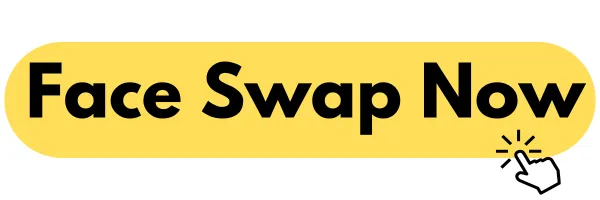Chloë Grace Moretz deepfakes
Delve into the awe-inspiring journey of exploring the universe's expansion and the mysteries it unveils.

- Alexander Reed
- 2 min read

 Regarding the discussion of “Chloë Grace Moretz’s deep fake technology”, it is necessary to first clarify that “deep fake” refers to the use of deep learning, especially generative adversarial network (GAN) technology, to create highly realistic fake images, videos or audio. These fake contents are often difficult to distinguish from real materials and are often used to mislead the public or conduct malicious attacks.
Regarding the discussion of “Chloë Grace Moretz’s deep fake technology”, it is necessary to first clarify that “deep fake” refers to the use of deep learning, especially generative adversarial network (GAN) technology, to create highly realistic fake images, videos or audio. These fake contents are often difficult to distinguish from real materials and are often used to mislead the public or conduct malicious attacks.
For the specific person of Chloë Grace Moretz, if there is deep fake content about her on the Internet, it is usually illegal and may infringe her legal rights such as portrait rights and reputation rights. Therefore, I cannot provide or disseminate any relevant deep fake content.
From a broader perspective, the emergence and development of deep fake technology has indeed aroused people’s deep concerns about privacy, security and ethics. This technology may be used to create false political propaganda, pornographic content or malicious videos that slander others, which will have a negative impact on society.
For public figures like Chloë Grace Moretz, they are more likely to become targets of deep fake technology. Therefore, they and their teams need to be vigilant and take necessary measures to protect their legal rights and interests.
In short, we should respect everyone’s privacy and rights and avoid disseminating any unauthorized content that may infringe on the rights of others. At the same time, we should also pay attention to the development and application of deep fake technology, strengthen supervision and prevention, to ensure that it does not have a negative impact on society.
 Detecting deepfakes involves analyzing video and image data for inconsistencies that may be imperceptible to the naked eye.
Detecting deepfakes involves analyzing video and image data for inconsistencies that may be imperceptible to the naked eye.
Techniques include checking for digital forgeries, analyzing facial expressions to detect unnatural movements, and using artificial intelligence algorithms trained to recognize deepfake patterns. Solutions also include developing better detection tools and improving media literacy to help people identify and critically evaluate digital content.
- Tags:
- Chloë Grace Moretz